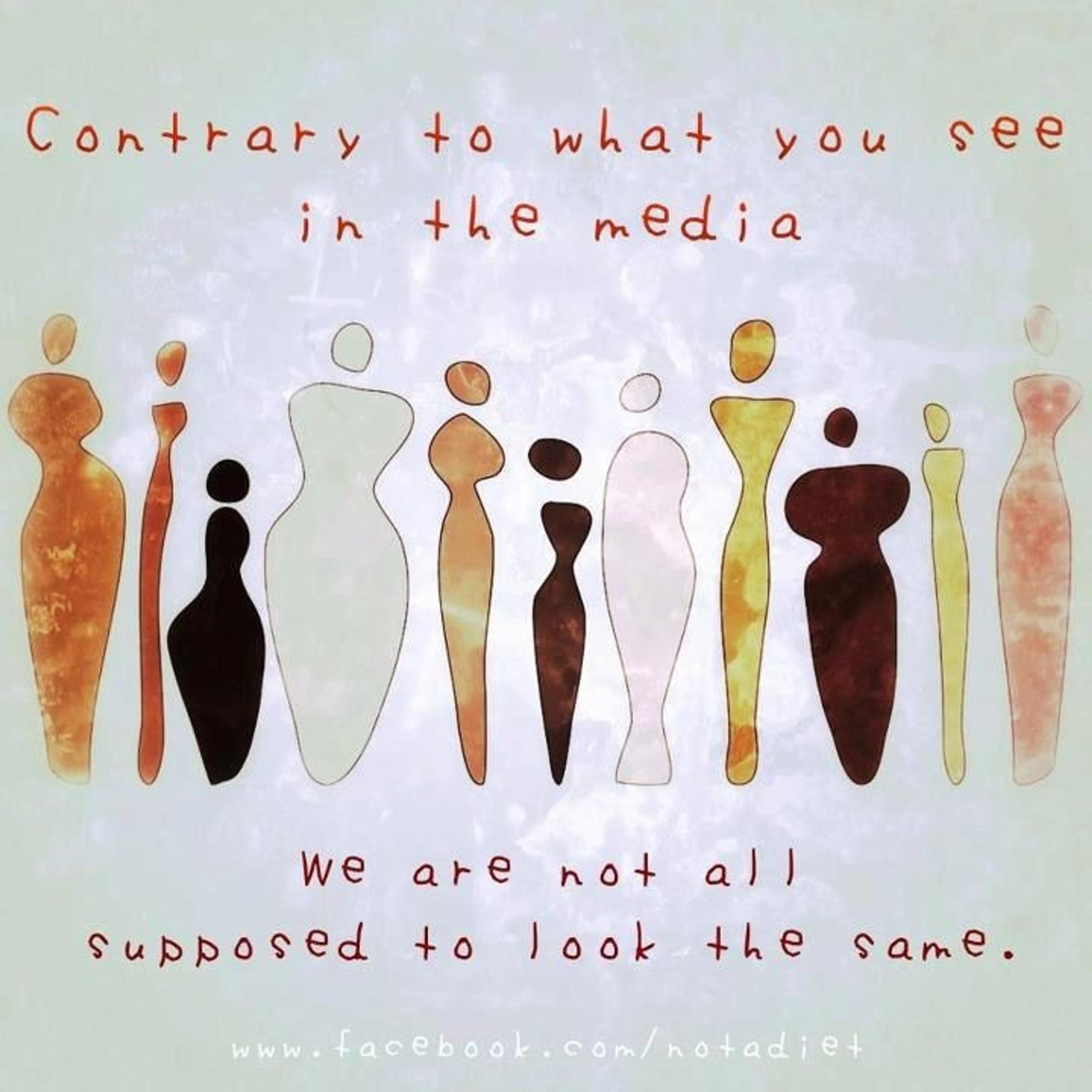9 PDH.E

Mirror Mirror Unit
Letter to the Editor
Year 9 have been exploring the topic of sense of self this term, learning about the sociocultural and media influences on our body image. They have been working hard to become leaders of positive self image and become critical thinkers when viewing images presented by different media platforms. 9 PDH.E were asked to apply a critical lens to the images and stories that are presented in magazines that are accessible to young people. Check out their amazing letter!
Today a group of students at Henry Kendall High School are writing to you to discuss the some of the issues in today’s magazines. The images presented in today’s magazines have a massive impact on people of all ages, especially adolescence. Young adolescence lose confidence in who they are as they see all these heavily edited images of people, not just in magazines like yours, but in other areas like social media and through peer pressure.
We are writing and reaching out to you to express our opinions and discuss some of the key messages your magazine presents.
Today’s health magazine’s focus on fitness, food diets and weight loss, whilst only showcasing about 10 ‘realistic’ body types. Do you think that this is has a positive impact on your younger audience? We believe the images and topics presented may have negative impacts on your younger audience because the young viewer may create unrealistic goals from idolising the models in your magazines, which is heavily edited and not a ‘true representation’ of a healthy body.
We believe the images and topics may have negative impact on young people because it provokes people to think that it is normal to be fitness obsessed, and it could take over their whole life. The images in the magazine can make people feel like they aren’t good enough, and lead to negative mental health like; depression and anxiety.
In the magazine there are images that portray unrealistic lifestyles by editing the photos and photoshopping them to look healthier than what they really. This can lead people to think that it is easy/possible to achieve the same results. The intense pressure of needing to look like these types of models in your magazines can contribute to many self esteem issues and problems surrounding mental health. The media influences young viewers to look and change into models, like the ones featured in your magazines. We are not asking you to eliminate every skinny model in your magazine, but we are asking you to include more ‘healthy’ and ‘realistic’ models and individuals so that your younger audience can relate to your magazine and feel less obligated to diet or workout to morph into these very unrealistic body types.
Continuing on from my point above, we have noticed from flicking through your magazine that you heavily edit and photoshop your pictures. We should not feel the need to blur out a scar, acne or even texture on the models body and skin. Leaving in these ‘imperfections’ takes off the pressure you unwillingly put on your easily influenced young audience.
No one is perfect. You are beautiful no matter what shape your are.
These little imperfections make us human and we should embrace these flaws instead of covering them up. We also believe the food also featured in your magazine is presented in an unrealistic way. Many young adult/adults take magazines very seriously and try to match themselves with the body shape, and proportions to an unhealthy extent and on surgery to copy an edited image.
Another bad aspect of this magazine is the way your editors alter the images to look “perfect” or express a certain “trend” that everyone must be wearing to fit society's ideals. This can in time affect the way young people see those around them leading to bullying if someone does not fit the general look. Bullying may develop is if you don’t look “good enough” or you can’t be cool or “normal”. This stereotype could promote bullying for those students who do no like the image you present or may be financially unable to be like everyone else which can lead to negative mental health. In turn this could affect the lives of the people that lived around them ruining more lives than just theirs.
Although many magazines are mainly directed towards women, the relationship between the media and body image also applies to men as well.
But putting all of the bad aspects aside, we would love to talk about the ways that you can improve your magazine so these aspects are limited in day to day life and limit the risk of putting people down.
The students of Henry Kendall would love to see a diverse range of people featured in your magazines to ensure we embrace every type of person in our big wide world.
Written by 9 PDH.E
